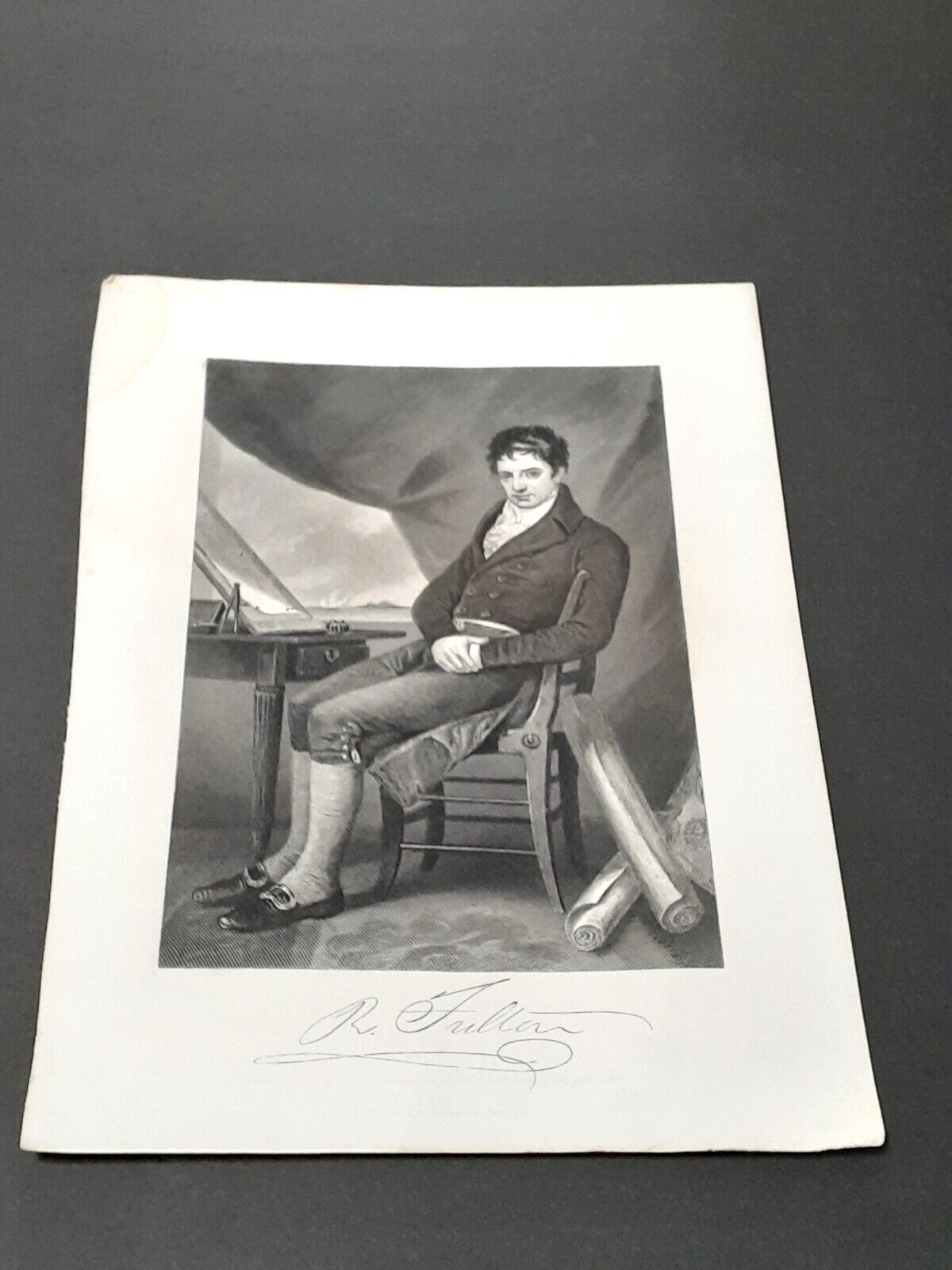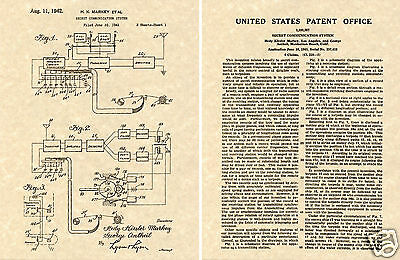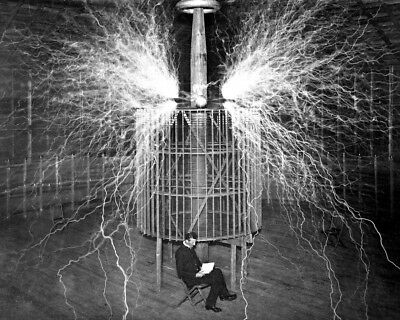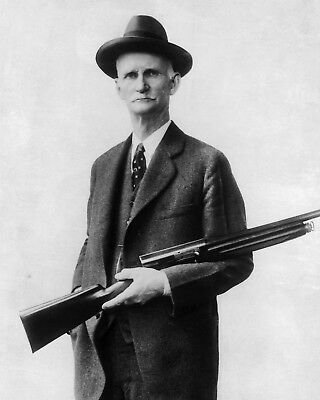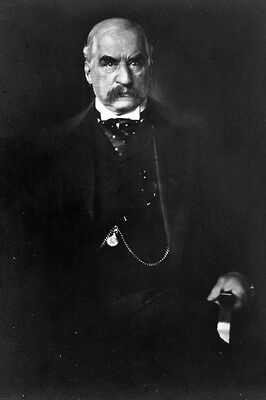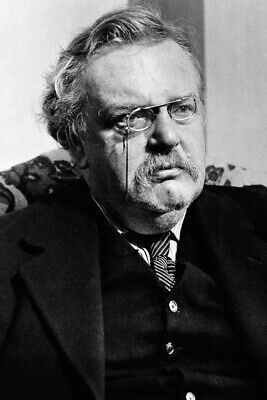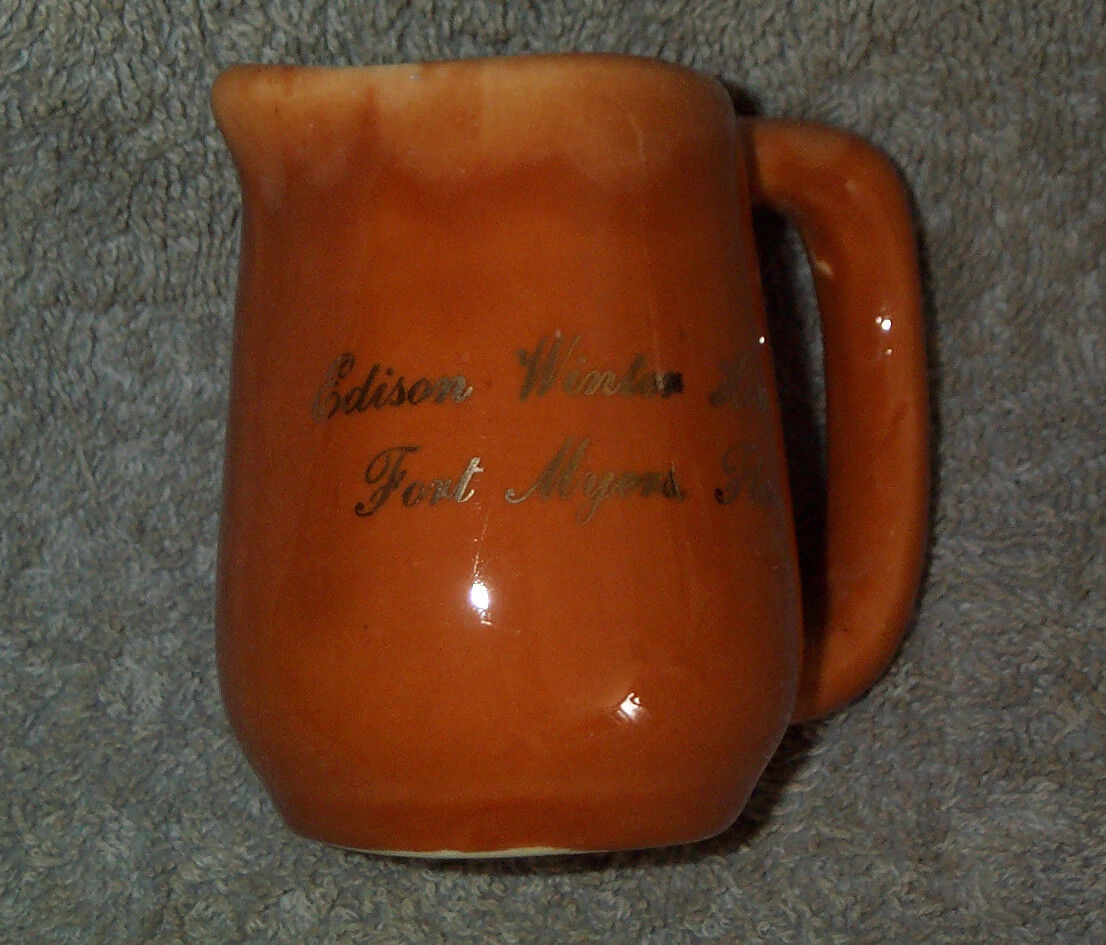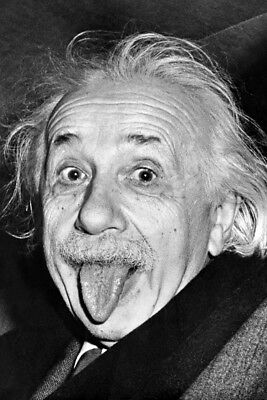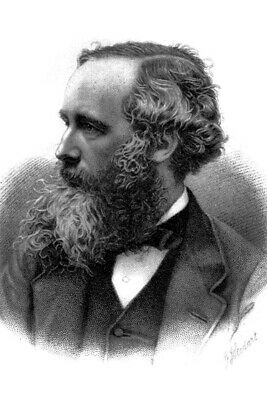-40%
1862 Steel Engraving Robert Fulton Original Print
$ 6.85
- Description
- Size Guide
Description
I AM LISTING FROM A GROUPING OF SELECTED ANTIQUE INVENTORY SOME OF WHICH HAS BEEN STORED FOR YEARS AND IS VERY FRESH TO MARKET SO PLEASE CHECK MY OTHER AUCTIONS FOR MORE GREAT ANTIQUES AND COLLECTIBLES!!!!This weeks inventory comes from a large quantity of material acquired from the estate of Doris Harris, wife of celebrated autograph collector Charles Hamilton. Ms. Harris passed away in 1999 and the material being listed has been stored since then.
This listing is for an original 1800s steel plate engraving removed from a book. Measures 8-1/4" x 11". Water stain upper right.
This item is fresh from a closet and shows wear commensurate its with age. See Pics. I TOOK LOTS OF PHOTOGRAPHS, BE SURE TO SCROLL ALL THE WAY DOWN TO THE END OF THE AUCTION TO SEE THEM ALL!!!!
I WILL BE LISTING OTHER INTERESTING ANTIQUES THIS WEEK SO PLEASE CHECK MY OTHER AUCTIONS!!!
Please look at the photos to get an idea of what this is. Photos accurately reflect the condition on this item. I am not an expert, so please feel free to ask any questions, and I will answer them the best way I can. I may not be able to answer your questions immediately, but every question will be answered. Please try to ask questions before the last day of the auction because I am not always around to answer them then. I will combine packing and shipping on items purchased within 24 hours of each other. International buyers: I will only ship via USPS priority mail due to too many mishaps. I will also not falsify any customs documents so please do not ask. Realistic reserve set just to protect my investment, if there is a reserve at all. I am not interested in selling off of ebay so please do not ask. Payment must be received within three days of close of auction. California residents must add 8.75% sales tax to their purchase unless they hold a valid California resale permit. If you have a permit please include it when sending your payment so that I can have it on file. All packages shipped with insurance, no exceptions. All items sold as-is unless I misrepresent something. Good luck and thanks for looking!!!
Robert Fulton (November 14, 1765 – February 24, 1815) was an American engineer and inventor who is widely credited with developing the world's first commercially successful steamboat, the North River Steamboat (also known as Clermont). In 1807, that steamboat traveled on the Hudson River with passengers from New York City to Albany and back again, a round trip of 300 nautical miles (560 kilometers), in 62 hours. The success of his steamboat changed river traffic and trade on major American rivers.
In 1800, Fulton had been commissioned by Napoleon Bonaparte, leader of France, to attempt to design a submarine; he produced Nautilus, the first practical submarine in history. Fulton is also credited with inventing some of the world's earliest naval torpedoes for use by the Royal Navy.
Fulton became interested in steam engines and the idea of steamboats in 1777 when he was around age 12 and visited state delegate William Henry of Lancaster, Pennsylvania, who was interested in this topic. Henry had learned about inventor James Watt and his Watt steam engine on an earlier visit to England.
At the age of 23, Fulton traveled to Europe, where he would live for the next twenty years. He went to England in 1786, carrying several letters of introduction to Americans abroad from prominent individuals he had met in Philadelphia. He had already corresponded with artist Benjamin West; their fathers had been close friends. West took Fulton into his home, where Fulton lived for several years and studied painting. Fulton gained many commissions painting portraits and landscapes, which allowed him to support himself. He continued to experiment with mechanical inventions.
Fulton became caught up in the enthusiasm of the "Canal Mania". In 1793 he began developing his ideas for tugboat canals with inclined planes instead of locks. He obtained a patent for this idea in 1794, and also began working on ideas for the steam power of boats. He published a pamphlet about canals and patented a dredging machine and several other inventions. In 1794, he moved to Manchester to gain practical knowledge of English canal engineering. While there he became friendly with Robert Owen, a cotton manufacturer and early socialist. Owen agreed to finance the development and promotion of Fulton's designs for inclined planes and earth-digging machines; he was instrumental in introducing the American to a canal company, which awarded him a sub-contract. But Fulton was not successful at this practical effort and he gave up the contract after a short time.
Bust of Robert Fulton by Jean-Antoine Houdon, 1803
As early as 1793, Fulton proposed plans for steam-powered vessels to both the United States and British governments. The first steamships had appeared considerably earlier. The earliest steam-powered ship, in which the engine moved oars, was built by Claude de Jouffroy in France. Called Palmipède, it was tested on the Doubs in 1776. In 1783, de Jouffroy built Pyroscaphe, the first paddle steamer, which sailed successfully on the Saône. The first successful trial run of a steamboat in America had been made by inventor John Fitch, on the Delaware River on August 22, 1787. William Symington had successfully tried steamboats in 1788, and it seems probable that Fulton was aware of these developments.
In Britain, Fulton met the Duke of Bridgewater, Francis Egerton, whose canal, the first to be constructed in the country, was being used for trials of a steam tug. Fulton became very enthusiastic about the canals, and wrote a 1796 treatise on canal construction, suggesting improvements to locks and other features. Working for the Duke of Bridgewater between 1796 and 1799, Fulton had a boat constructed in the Duke's timber yard, under the supervision of Benjamin Powell. After installation of the machinery supplied by the engineers Bateman and Sherratt of Salford, the boat was duly christened Bonaparte in honour of Fulton having served under Napoleon. After expensive trials, because of the configuration of the design, the team feared the paddles might damage the clay lining of the canal and eventually abandoned the experiment. In 1801, Bridgewater instead ordered eight vessels for his canal based on Charlotte Dundas, constructed by Symington.
Location and plaque of the Fulton experiment of August 9, 1803
In 1797, Fulton went to Paris, where he was well known as an inventor. He studied French and German, along with mathematics and chemistry. Fulton also exhibited the first panorama painting to be shown in Paris, Pierre Prévost's Vue de Paris depuis les Tuileries (1800), on what is still called Rue des Panoramas (Panorama Street) today. While living in France, Fulton designed the first working muscle-powered submarine, Nautilus, between 1793 and 1797. He also experimented with torpedoes. When tested, his submarine operated underwater for 17 minutes in 25 feet of water. He asked the government to subsidize its construction, but he was turned down twice. Eventually, he approached the Minister of Marine and, in 1800, was granted permission to build. The shipyard Perrier in Rouen built it, and the submarine sailed first in July 1800 on the Seine River in the same city.
Commemorative plaque to Robert Fulton in the port of Rouen, made in 1918 to thank the United States for their involvement in the First World War
In France, Fulton met Robert R. Livingston, who was appointed U.S. Ambassador to France in 1801. He also had a scientifically curious mind, and the two men decided to collaborate on building a steamboat and to try operating it on the Seine. Fulton experimented with the water resistance of various hull shapes, made drawings and models, and had a steamboat constructed. At the first trial the boat ran perfectly, but the hull was later rebuilt and strengthened. On August 9, 1803, when this boat was driven up the River Seine, it sank. The boat was 66 feet (20 m) long, with an 8-foot (2.4 m) beam, and made between 2+1⁄2 and 3+1⁄2 knots (5 and 6 km/h) against the current.
In 1804, Fulton switched allegiance and moved to Britain, where he was commissioned by Prime Minister William Pitt the Younger to build a range of weapons for use by the Royal Navy during Napoleon's invasion scares. Among his inventions were the world's first modern naval "torpedoes" (modern "mines"). These were tested, along with several other of his inventions, during the 1804 Raid on Boulogne, but met with limited success. Although Fulton continued to develop his inventions with the British until 1806, the crushing naval victory by Admiral Horatio Nelson at the 1805 Battle of Trafalgar greatly reduced the risk of French invasion. Fulton was increasingly sidelined as a result.
Career in the United States (1806–1815)
In 1806, Fulton returned to the United States. In 1807, he and Robert R. Livingston built the first commercially successful steamboat, North River Steamboat (later known as Clermont). Livingston's shipping company began using it to carry passengers between New York City and up the Hudson River to the state capital Albany. Clermont made the 150-nautical-mile (280 km) trip in 32 hours. Passengers on the maiden voyage included a lawyer Jones and his family from Bethlehem, Pennsylvania. His infant daughter Alexandra Jones later served as a Union nurse on a steamboat hospital in the American Civil War.
The Clermont was the first real steamboat in America. While it was being built people called it "Fulton's Folly". The Clermont had sails as well as a steam engine. At each end of the boat was a short mast with a small square sail that could be unfurled when needed. The engine was in the center of the boat and was surrounded by cord wood. The engine was 24-horsepower. Above the engine was a tall and slender smoke stack. On each side was a big paddle wheel that was open and uncovered. The diameter of the paddle wheels was 15 feet (4.6 m). The boat itself was 136 feet (41 m) long and 18 feet (5.5 m) wide. Its displacement was 160 tons.
From 1811 until his death, Fulton was a member of the Erie Canal Commission, appointed by the Governor of New York.
Fulton's final design was the floating battery Demologos. This first steam-driven warship in the world was built for the United States Navy for the War of 1812. The heavy vessel was not completed until after Fulton's death and was named in his honor.
From October 1811 to January 1812, Fulton, along with Livingston and Nicholas Roosevelt (1767–1854), worked together on a joint project to build a new steamboat, New Orleans, sturdy enough to take down the Ohio and Mississippi rivers to New Orleans, Louisiana. It traveled from industrial Pittsburgh, Pennsylvania, where it was built, with stops at Wheeling, Virginia; Cincinnati, Ohio; past the "Falls of the Ohio" at Louisville, Kentucky; to near Cairo, Illinois, and the confluence with the Mississippi River; and down past Memphis, Tennessee, and Natchez, Mississippi, to New Orleans some 90 miles (140 km) by river from the Gulf of Mexico coast. This was less than a decade after the United States had acquired the Louisiana Territory from France. These rivers were not well settled, mapped, or protected. By achieving this first breakthrough voyage and also proving the ability of the steamboat to travel upstream against powerful river currents, Fulton changed the entire trade and transportation outlook for the American heartland.
Fulton was elected a member of the American Antiquarian Society in 1814.
